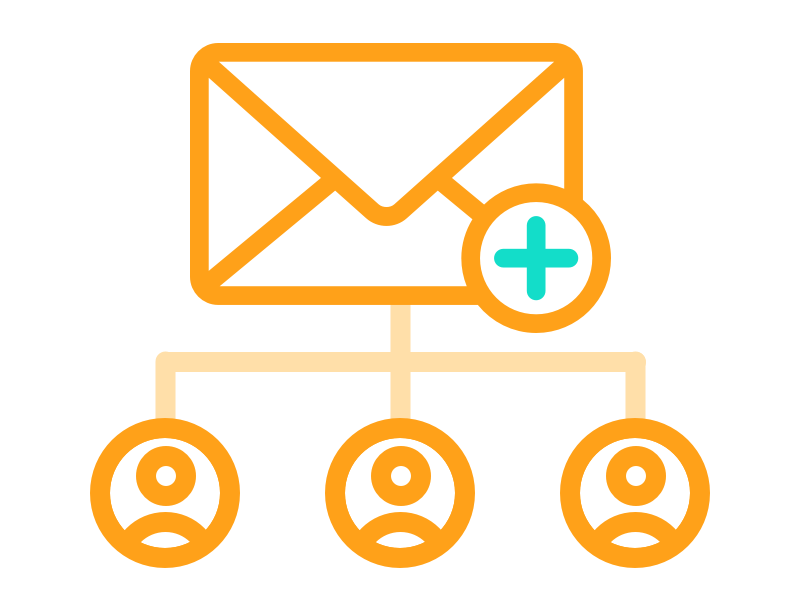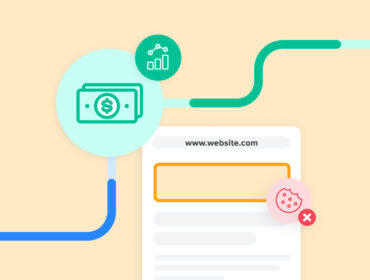Publishers need to prioritize first-party data. Here’s how.
Publishers are at a crucial impasse. With the imminent death of the third-party cookie, they’ll need to start prioritizing first-party data to survive.
“That’s top priority today,” says Stephanie Layser, vice president of advertising technology and operations at News Corp, in a recent Real Time Banter webinar. “Getting ready for the end of the third-party cookie is 60–70% of my day. For too long, our industry has attempted to self-regulate, and that’s why monopolies popped up and took all advertising revenue.”
Especially now, as publishers are seeing increased traffic from the COVID-19 pandemic, they need to be ready to turn those new visitors into first-party relationships that will continue to grow.
To help, Layser shared her three tips for publishers just starting to prioritize first-party data strategies.

Solve your Safari problem
First, you have to solve your Safari problem, which also solves your Chrome problem.
“Look at your monetization on Safari,” Layser says. “That’s an indication of how much money you’ll lose with the death of the third-party cookie, especially if buyers decide to shift their dollars to TV or even just to Facebook and Google. And find partners that can help you activate on Safari.”

Activate your first-party data
Activate your first-party data so you can continue servicing users with news and information, and gather feedback for your product so loyal users rely on your content.
“Too often we set up quizzes and newsletters, and we don’t collect data from them,” Layser says. “Facebook and Google do. They take every opportunity to collect and mine that data, even on your own site.”
Without that first-party data, publishers are robbed of opportunities to personalize content for their audience and monetize that content most effectively.

Build up your email list
Email addresses are pieces of first-party data that you can control and use to identify customers across channels, provide personalized experiences, and monetize content.
Publishers can also use email to create a feedback loop with their customers, gathering data on what they’d like to see.
“This doesn’t just create a better ad experience; it creates a better product,” Layser says. “You’ll realize you can provide better content recommendations and you’ll know exactly who to reach for audience development. It lets you break down barriers and walls to use data for different business purposes.”
Publishers can even use email data to package audience segments for buyers in curated marketplaces, which Layser believes will become the new norm.
“That’s where the industry as a whole will be moving towards,” she says. “The death of the third-party cookie will also push that along because it means buyers’ data will be harder to activate outside of walled gardens. With curated marketplaces, buyers can hand-pick publishers with first-party data and strong content.”
If you want to hear more from Stephanie Layser, watch the full Real Time Banter episode.



